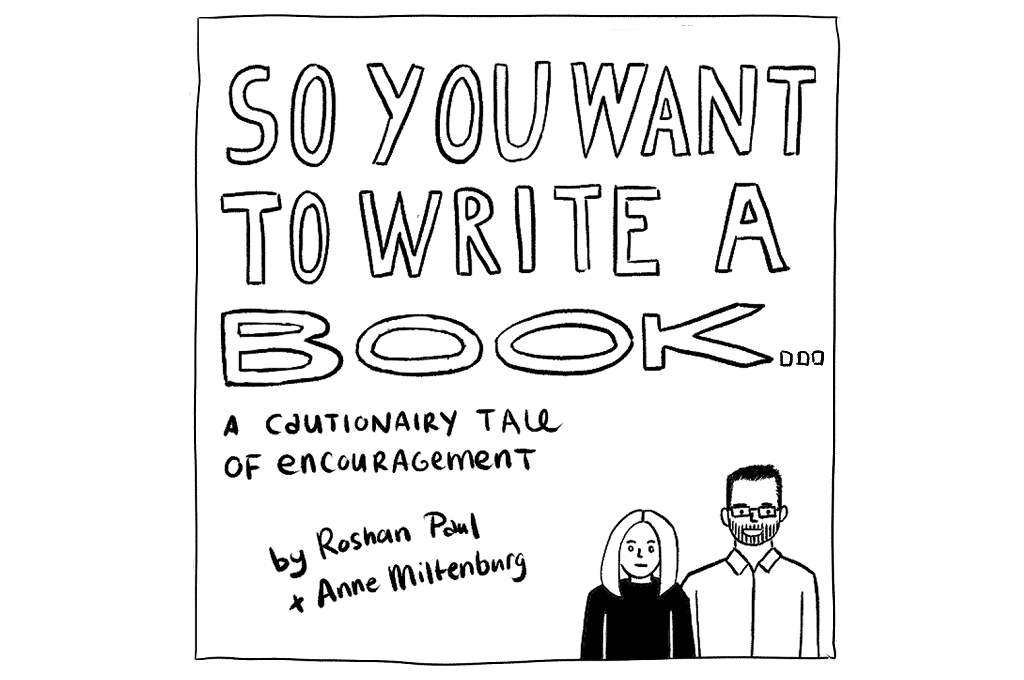The past decade has seen a tectonic shift in funding for the social sector in India. While COVID-19 has added a fresh variable to the mix, other factors have been at play long before its arrival, with nonprofits and implementing organisations constantly having to adjust to the changing landscape. Over the last few years, the assurance of foreign funds has declined and the vocabulary of funding has brought in new terminologies (‘impact investing’, ‘P2P’, ‘crowdfunding’, ‘hackathons’). Perhaps most importantly, CSR investments have skewed funding in favour of service delivery, particularly for those working on education and health in annual, ‘project’ mode.
While all social change implementers have had to invest in adjusting to the new landscape, those who have been most critically impacted are the organisations working on core human rights issues, using empowerment frameworks. To understand their situation better, we spoke with representatives across implementers, funders, intermediaries, and researchers who work on and support core human rights work and asked them one question: What are the fundraising and funding strategies you have used that have succeeded and allowed you to continue your work on the ground?
The 15 people we spoke to work on issues spanning child rights, labour rights, gender justice, and health rights (including mental health and sexuality). This is a synthesis of their responses—of what they have tried, tested, and learnt.
1. Reconfiguring and rearticulating
Most organisations used a multi-pronged approach to fulfill their mission. What aspect of their work they choose to project could make a world of difference to the kind of funding they attract. For instance, a critical component of working on the empowerment of abandoned widows is building their ability to pursue livelihoods with dignity. This includes activities of skill-building, developing entrepreneurship, and income generation—all of which sit neatly within mandates of CSR and impact investors, even if advocating for women’s rights does not.
2. Having a low cost advantage
A major contributor to surviving funding uncertainty has been low overhead costs. Rights-based work has the inherent advantage of significantly lower unit costs than service delivery. This is because it costs much less to empower a community to access entitlements than it does to invest in providing the same services. For instance, an initiative to strengthen the public school system in an entire block, through community and parents’ groups interacting with the state, costs far less than setting up schools for the same number of children.
This gives organisations an edge in raising funds as these programmes yield a very healthy rate of ‘return on donor investment’. Because, in the final analysis, what is more sustainable than building communities of people who can take forward the work themselves?

3. Staying informed and complying
Laws, rules, guidelines, deadlines, registrations, re-registrations, documentation, and more—the compliance essentials are endless and have been modified periodically. To keep up with them, organisations accessed forums (both online and offline), such as the webinars and articles that interpreted the recent Foreign Contribution (Regulation) Act (FCRA) amendments. In addition, they assigned responsibility to team members (ideally, from the finance team) to scan such amendments and ensure that they were complied with. Most importantly, they built synergistic relationships with others like themselves to ensure real-time, lateral flow of advice and alerts.
4. Seeking out new funding sources
While some of the traditional funding sources are dwindling, especially overseas funds, there is a new generation of donors entering the fray who support ‘unusual’ causes. Some of these funds come by way of awards and competitions, calls for Expression of Interest (EOI), research grants, and fellowships. In India too, a handful of donors have been audacious and stepped away from mainstream funding themes. Rights-based organisations had realised that it is critical to spend time and energy seeking out these new sources of funding proactively, regularly, and with a hawk-eyed focus.
5. Building financial reserves over time
Funding for organisational reserves and corpus has become a dying budget line item. Yet, some nonprofits have not given up, aspiring to build a base that allows for continuation of basic operations for three to six months, at the least, even in the absence of all funding sources. For these organisations, the lesson learnt was—do not stop trying. Asking for a small percentage of the total budget to be diverted to organisational reserves every time a proposal is put up may not always be successful, but even small amounts over time can add up to a significant emergency pool.
6. Navigating crowd- and retail-funding
Both crowd- and retail-funding can build what all organisations aspire towards—a pool of unrestricted, untied resources:
- Retail funding, ie. raising funds from individuals and well-wishers with the option of anonymous giving, can prove to be a significant source of raising money and assure a commitment for repeated support. However, in approach and spirit, it is the polar opposite of how most grassroots organisations work. It needs a sales mentality, hard-nosed pursuit of targets, and a significant reinvestment of funds raised. For example, an organisation that raised an average of INR 1.8 crores a month reinvested over half the amount in running the retail fundraising engine – a practice which is unusual for most development organisations.
- Crowdfunding works well for one-time events, campaigns, and pilots for activities that do not attract institutional funding. Those who had been able to tie it with a volunteer-led movement reported immense success in pushing the campaign on social media. While crowdfunding does not lend itself to supporting long-term programmes, it had proved to be a way to get new donors (and those sitting on the fence) interested in the work.
7. Focusing on communication
‘Those who do meaningful work on the ground do not broadcast it’ is an ideological stand whose time is long past. Investing in and building the skills of a communications in-charge, developing a communications and media strategy, ensuring a social media presence that has both depth and popular appeal, and staying in regular touch with donors and well-wishers (past, present, and potential) have to be seen as activities that are as crucial and essential as the organisation’s work on the ground itself.
8. Looking for cross-sectoral champions
The trust deficit between implementers and donors has been spoken of at length. Arising from the unfamiliarity of social change models, the way activists work, and a general perception of unaccountability, the deficit is intensified for those who work in the rights framework. What has the potential to ease this chasm is the on-boarding of cause-champions from sectors that the donors trust.
An organisation working on access to health rights, for instance, was struggling to convince donors to give them a funding commitment for at least three years. The conversation altered significantly when they brought in private and government health sector representatives who reiterated the need for multi-year funding.
9. Investing in data
Organisations have found that having data and evidence on one’s side can dramatically change the funding conversation. To be able to say that they track data and act on it has helped organisations build a case for their models and the need to fund not just programmes but research and monitoring and evaluation (M&E) as well. Seeking out funds for research, investing in robust M&E systems, and sharing the evidence widely (of successes and challenges) have also helped counter the narrative of lack of accountability in the sector.
10. Finding the right intermediary match
Identifying an intermediary appropriate for your organisation makes all the difference. From an implementing organisation’s perspective, a suitable intermediary is one who not only represents the funder they have been hired by, but is also actually invested in understanding the organisation’s cause, challenges, and potential. They can convince donors to consider unusual causes, organisations, and geographies. They can help strengthen the organisation’s ability to run a fundraising engine not just in the present, but also build a base of skills and governance systems for the future. Also, they can help the organisation think of innovative ways to project their work, without losing its essence. And yes, they do exist!
From the funders’ lens
Funders who believe in supporting rights-based, empowerment-led initiatives have learnt that just like the impact of the work they hope to support, their funding too must take a long-term view. The one indicator of ‘progressiveness’ among funders has been the ability to invest in key essentials that help organisations sustain their impact—strengthening community leadership; helping build compliances that ease future due diligence exercises; investing in setting up fundraising engines where none have existed; linking organisations with capacity building for proposal writing; and connecting them with relevant intermediaries.
In sum, such funders can strengthen organisations to speak the language of mainstream fundraising and respond to the gamut of compliances, thereby going beyond the narrow confines of project funding alone.
—
Know more
- Learn more about how different types of organizations can solve for FCRA 2020.
- Read about the three strategies to support human rights defenders.





